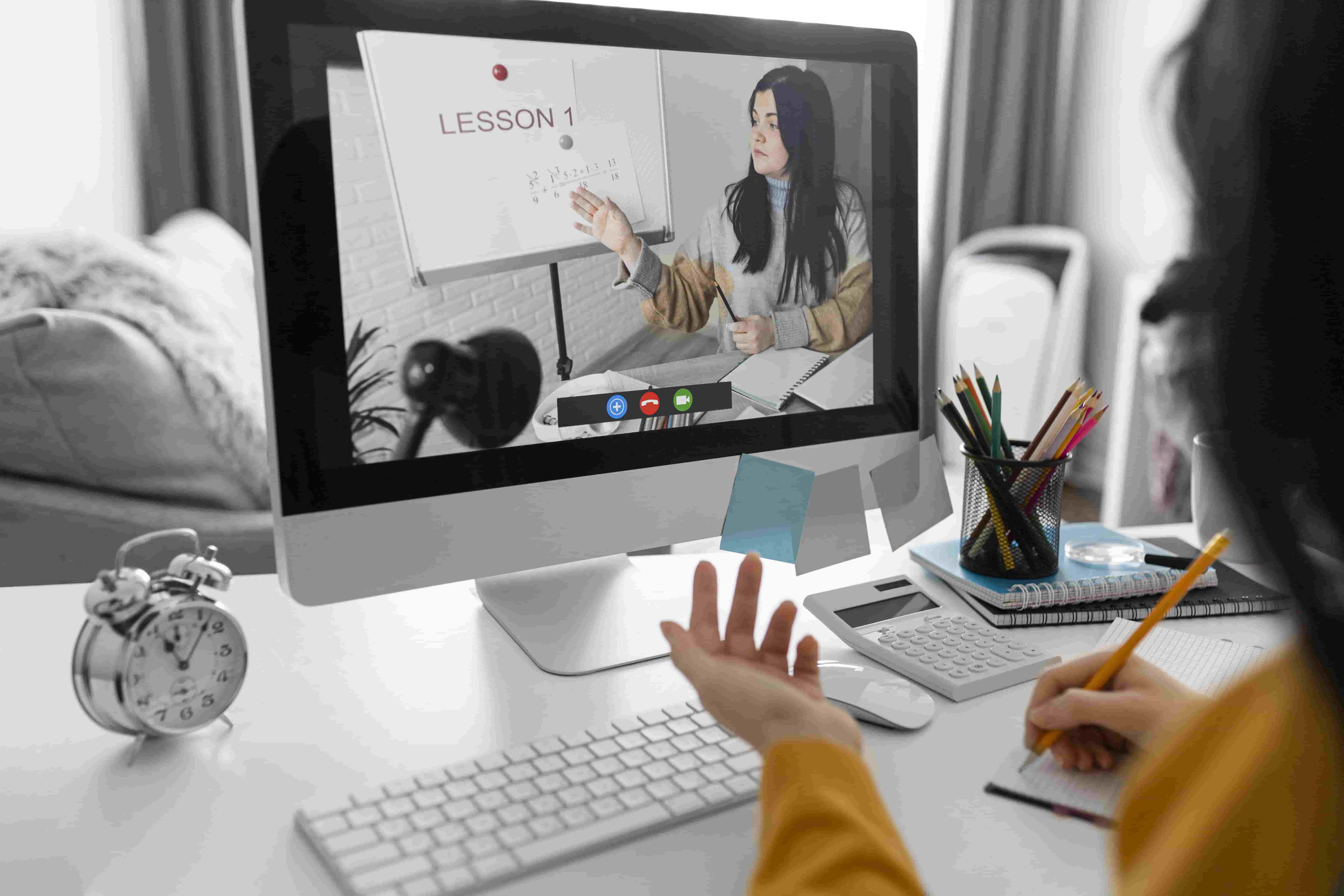TOP 10 ELEARNING DESIGN STRATEGIES
TOP 10 ELEARNING DESIGN STRATEGIES
Blended learning is the use of more than one delivery mode to promote increased learning. Originally, blended learning refers to the addition of an internet component to regular classroom courses. However, technological advancements have resulted in a relatively equal distribution of online and offline approaches. Regardless of whether one component is more significant, the truth remains that blended learning employs more than one strategy to learning to achieve greater learning results.

Here are some of the advantages of using a blended learning method.
Learning on Multiple Platforms: Learners are no longer limited to a single learning delivery channel to fulfill their demands. In a regular classroom environment, for example, an instructor teaches an entire class of students with varying talents, attention spans, and degrees of interest. This implies that not all students are given a fair playing field. A blended approach allows learners to move beyond a particular delivery platform and into other mediums to fill learning gaps. It opens up new opportunities for intelligent individuals to expand their skill set. Encourage a Continuous Learning Approach: As learners have a wide range of learning channels, they may combine the benefits of both worlds to enhance their knowledge and skills. As a result, blended learning encourages a continuous learning approach, which is more successful at fostering deeper understanding. Opportunities for Social Learning and Collaboration: Learners can communicate with their teacher and peers in the classroom, but they can also collaborate with a worldwide community on online forums and social media for a more enhanced experience. Reach a Widely Dispersed Audience: As businesses expand globally, there is a growing demand to expand training outside the classroom. Digital distribution may reach a geographically distant audience, saving both time and money. Accessible Quick References: Online and classroom learning may also save employees time, which is a valuable resource for companies whose employees have a lot on their plates. Blended learning allows instructors to offer online resources that provide context for the topics to be taught in classrooms. Before attending class, learners can access and prepare for this context. This not only saves teachers and classroom time, but it also assures that all learners are on the same page and ready to progress to the next step. This is accomplished during an offline training session.
HERE ARE THE TOP 10 BLENDED LEARNING BEST PRACTICES:
Creating blended lessons requires a different strategy than creating a traditional course. Ten best practices for blended learning are listed below.
- 1. Create Your Course to Reach Specific Learning Objectives: Remember to focus on your learning objectives rather than the latest technology when planning your blended learning courses.
- 2. A Smart Combination of Technology and the Human Element: While the millennial generation is more tech-savvy, the older generation is more comfortable in conventional settings. While developing your blended learning courses, it is a smart idea to conduct a survey to determine which delivery options your workers prefer. Remember that no amount of technology can replace the warmth, comfort, and security of human connection. Make sure there is a healthy mix of both to keep learners interested and to achieve deep learning results.
3. Consider Use Cases: Analyze prior use cases to determine which blended delivery techniques will best suit your workers' learning objectives. For example, your sales team may require training classes. Because your sales team members are likely to be separated from one another due to the nature of their work, they may prefer a blended learning strategy. This includes online forums where they can seek advice and share experiences.- 4. Create a Blended Learning Course to Address Your Organizational Drivers: Recognize the fundamental reason for choosing a blended learning method. Do you want to reach a larger audience or meet the needs of a broad range of students? It's also critical to keep your budget in mind. For example, if you have a low budget, you may simply include some online features in your regular educational settings. If you are a mid-sized or big firm with aggressive training requirements across regions, you may make online learning the primary feature of your blended learning approach, with instructor and peer assistance serving as backup.
- 5.Create courses that are more collaborative: When creating your blended learning courses, make sure that the various delivery methods you use work well together to form a coherent whole. Connect parts of each technique such that all components strengthen and complement one another.
- 6.Create Your Own Courses: You may be tempted to adapt current courses to make them more appropriate for blended learning; nevertheless, it is preferable to redesign courses from the beginning. The benefit of this is that you will not be bound by your past techniques while creating from scratch.
- 7.Consider a Wide Range of Options: Creating blended learning courses will take time, resources, and money. Before venturing, it is a smart idea to do some research to grasp the complete spectrum of possibilities, including technology, various learning management systems and applications, and on-the-job alternatives like coaching and mentoring.
- 8.Make Provision for Engagement: One of the most significant benefits of using a mixed learning method is that it offers up a variety of brand-new options for interaction. In a classroom, participation is limited to the instructor and classmates. By including online communities and social media features, you may broaden learning horizons and offer a more enriched and satisfying learning experience.


Conclusion:
The key benefit of using a mixed learning method is that it allows you to access both the online and offline worlds. However, building your blended learning courses requires an investment of time, money, and resources. For successful results, do some preliminary research to establish your objectives, target audience, and desired learning outcomes before getting started.

LEAVE A REPLY
Your email address will not be published. Required fields are marked *